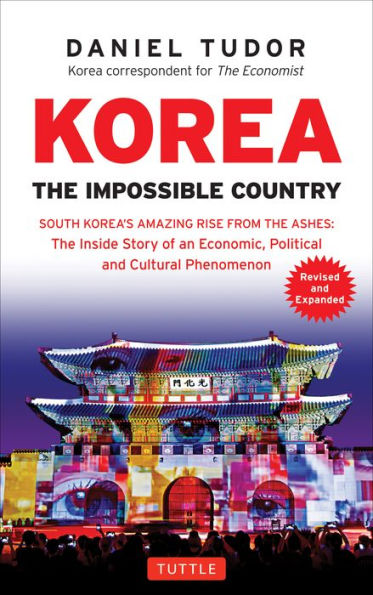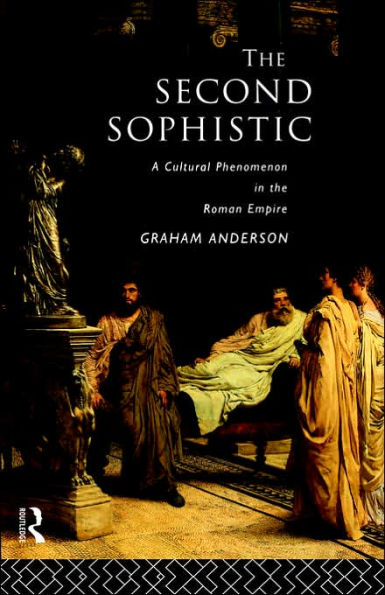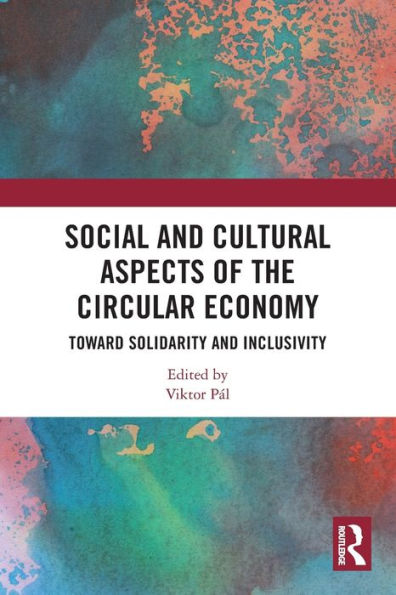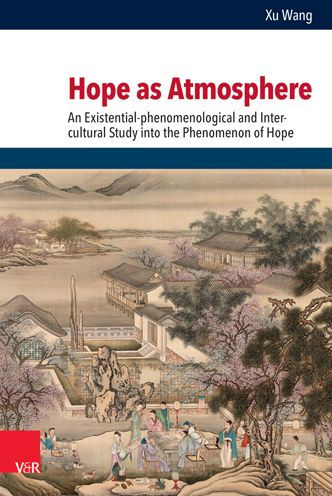Home
The End of the Kura-Araxes Phenomenon: The Chrono-Cultural Aspect of the EB/MB Transition in the South Caucasus
Barnes and Noble
Loading Inventory...
The End of the Kura-Araxes Phenomenon: The Chrono-Cultural Aspect of the EB/MB Transition in the South Caucasus in Franklin, TN
Current price: $194.00
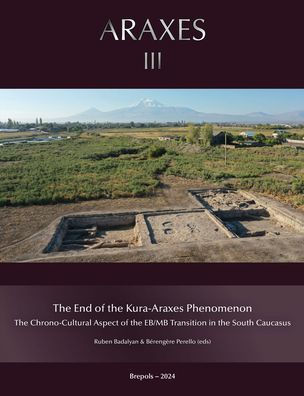
Barnes and Noble
The End of the Kura-Araxes Phenomenon: The Chrono-Cultural Aspect of the EB/MB Transition in the South Caucasus in Franklin, TN
Current price: $194.00
Loading Inventory...
Size: OS
This thematic volume focuses on the demise of the Kura-Araxes culture and the beginning of the Middle Bronze Age, a period between about 2600 and 2000 cal BC that saw the gradual disappearance of millennia-long traditions in the region. Specialists reassess the chrono-cultural attribution of several complexes in the region, together with the absolute chronology of the whole sequence. Through this approach, the volume offers a nuanced insight into the changes and continuities of a crucial period between the Early and Middle Bronze Age. The chapters gathered together here also explore the abandonment of long-established settlements, the production of lavishly endowed funerary complexes, testament to the emergence of growing inequalities in society, and the adoption of a far more mobile way of life as revealed by archaeology.
This thematic volume focuses on the demise of the Kura-Araxes culture and the beginning of the Middle Bronze Age, a period between about 2600 and 2000 cal BC that saw the gradual disappearance of millennia-long traditions in the region. Specialists reassess the chrono-cultural attribution of several complexes in the region, together with the absolute chronology of the whole sequence. Through this approach, the volume offers a nuanced insight into the changes and continuities of a crucial period between the Early and Middle Bronze Age. The chapters gathered together here also explore the abandonment of long-established settlements, the production of lavishly endowed funerary complexes, testament to the emergence of growing inequalities in society, and the adoption of a far more mobile way of life as revealed by archaeology.



